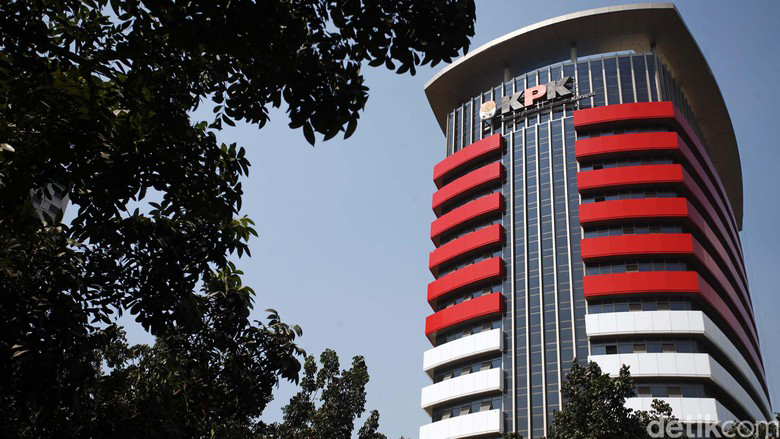
Corruption, politics and development: the role of the World Bank
Dipinjam : 4 | Dibaca : 1 | Dikunjungi : 876
Penulis
Marquette, Heather
-
Personal Name
In 1997, the World Bank announced its intention to provide a systematic framework for addressing corruption as a development issue in the assitance it provides to countries and in its operation work more generally. This include: a. Preventing fraud and corruption within Bank-financed projects b. Helping countries that request Bank support in their efforts to reduce corruption c. Taking corruption more explicitly into account in country assistance strategies, country lending considerations, the policy dialogue, analytical work, and the choice and design of projects d. Adding voice and support to international efforts to reduce corruption Although the Bank acknowledged that some of these areas were new territory and would require new staff, new areas of expertise, new procedures and new lending instruments, it claimed that it had long been concerned with corruption. Indeed, a recent report asserts that the Bank has been 'in the business' of combating corruption, 'since its very inception. This book develops an evaluation of the World Bank's policies and strategies on anti-corruption work in the context of the global aid regime. This involves developing a history of the Bank to understand its origins, character and mission; producing a history and analysis of the Bank's involvement of anti-corruption work; and situating the Bank's work in the context of other anti-corruption strategies. By first looking at why and how the Bank arrived at its current position on anti-corruption work, as well as the components that make up the Bank's anti-corruption programme, I can then broaden my analysis to understand the deeper political implications of this work for both the Bank and its borrowers.
Ketersediaan
| 11021002 | TK MAR c (1) | Perpustakaan Merah Putih | Tersedia |
Informasi Terperinci
- NO PANGGILAN :
- TK MAR c
- PENERBIT :
- Palgrave macmillan : New York, 2003
- RINCIAN :
- xvi ; 261 p.; 23 cm.
- BAHASA :
- English
- ISBN / ISSN :
- 0333999312
Versi lain / relasi
| Tidak ada versi lain yang terkait. |
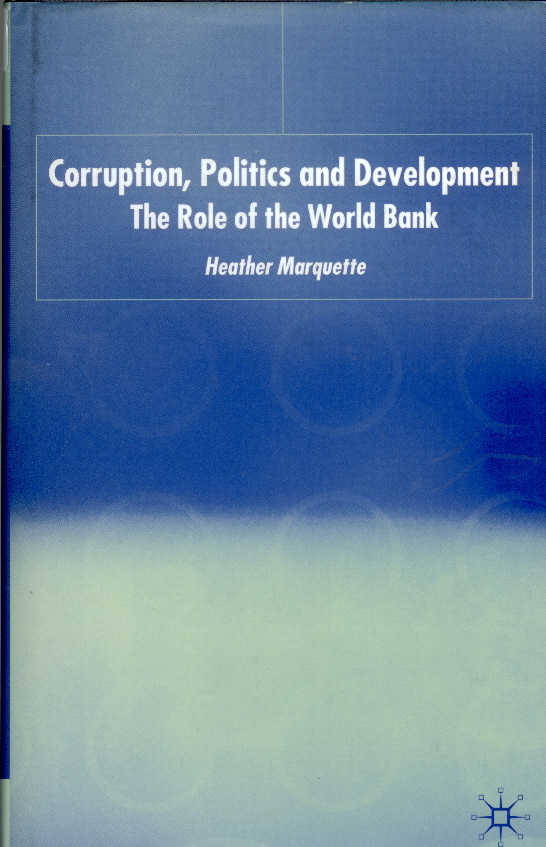
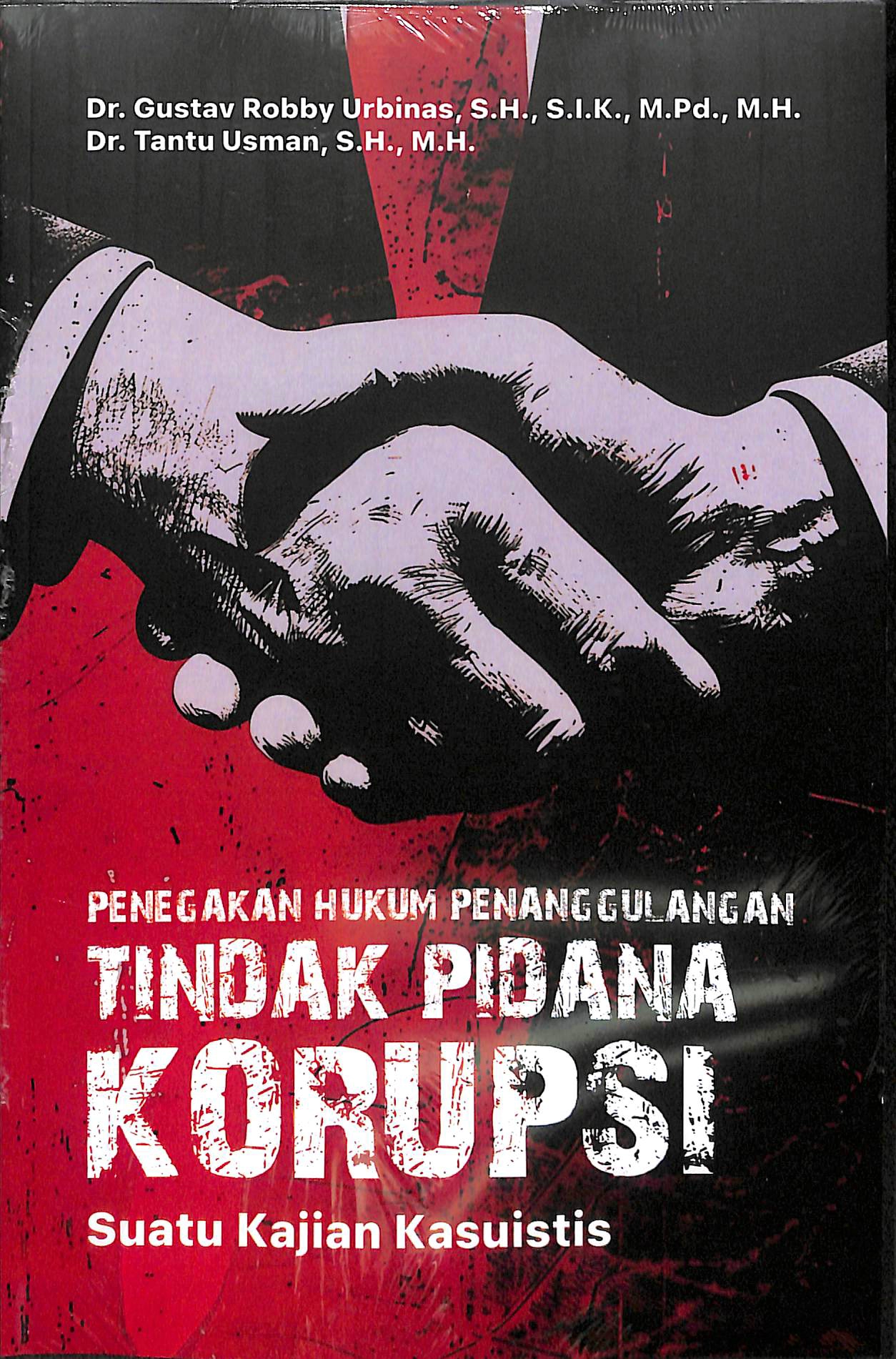
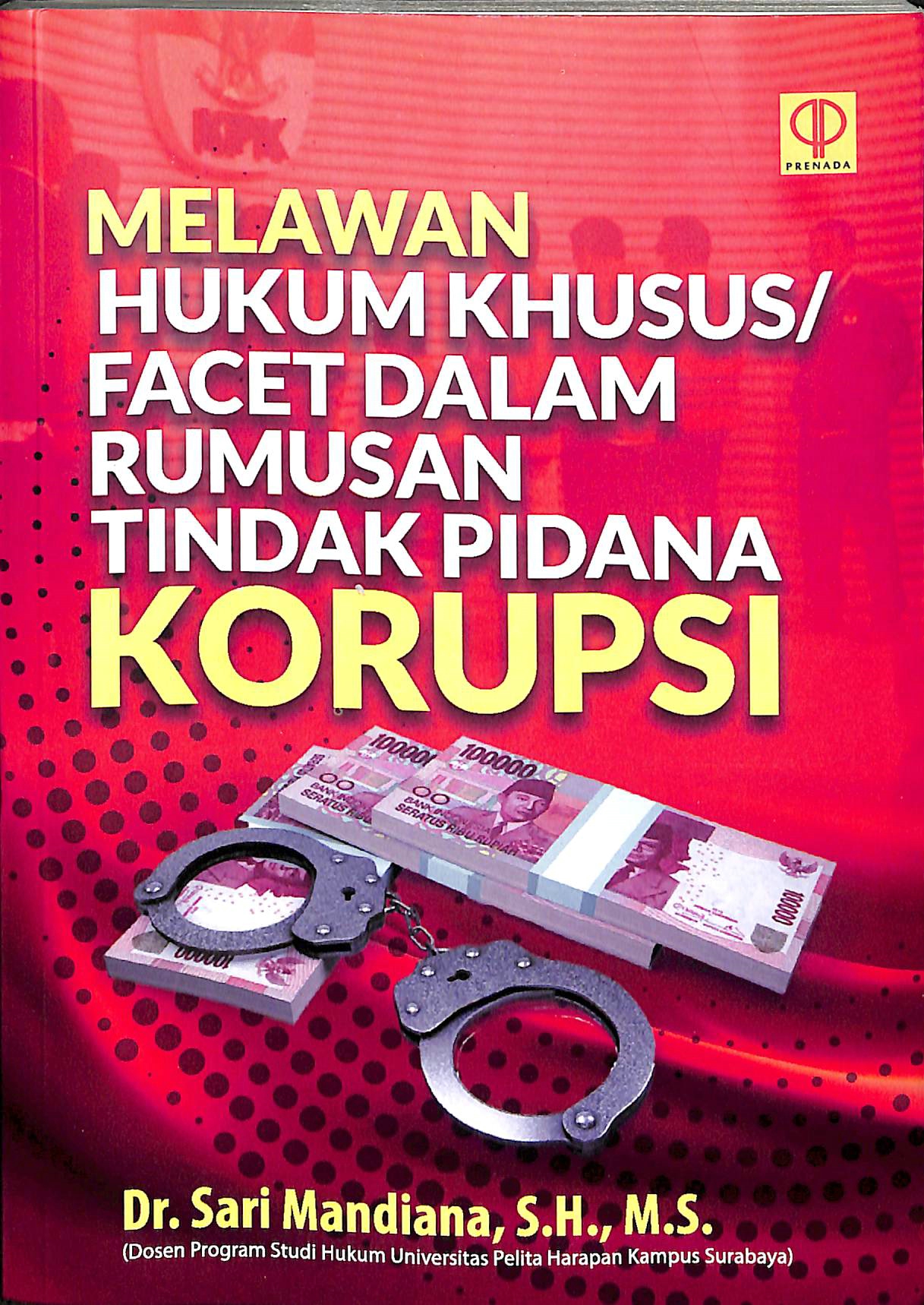
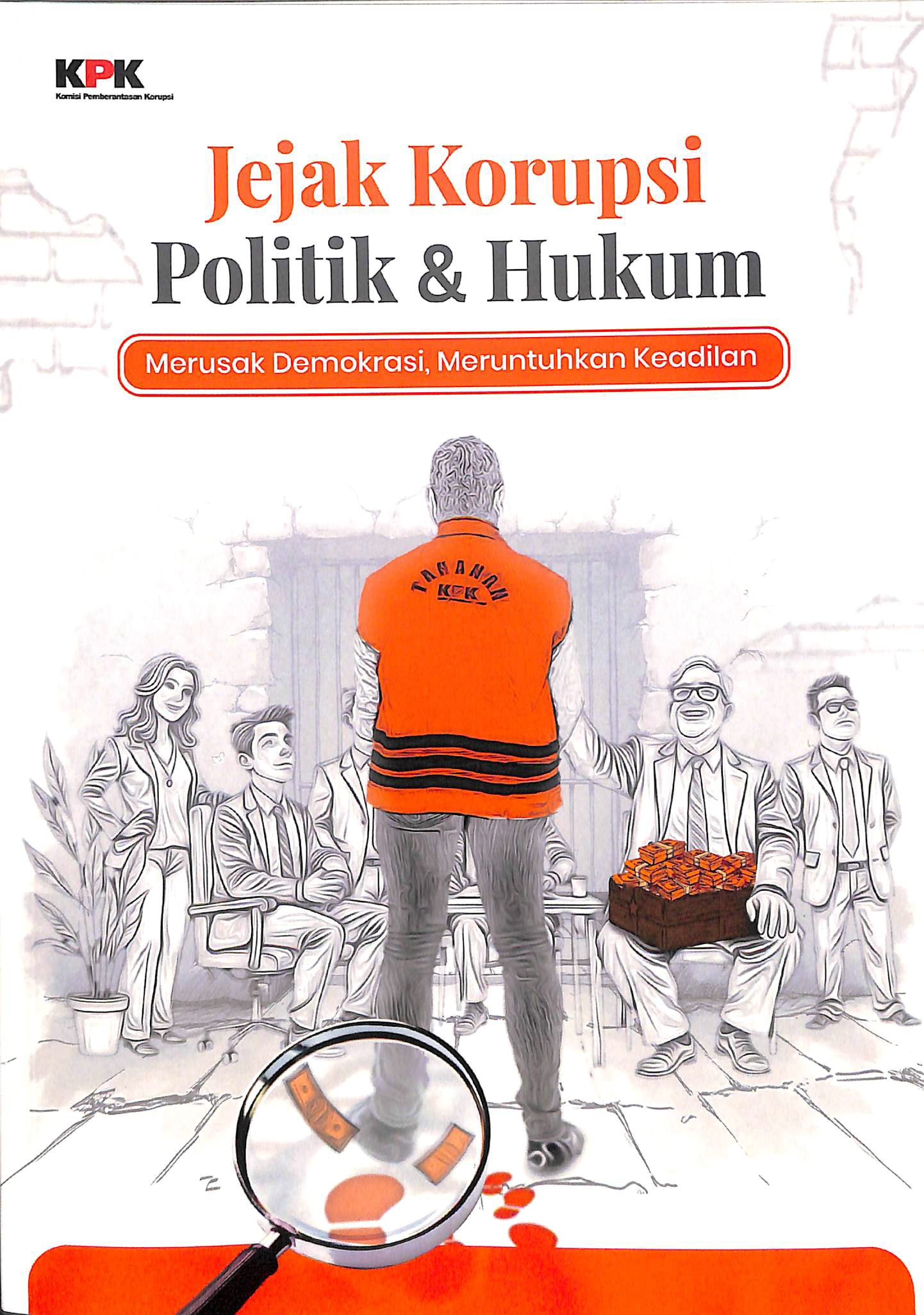
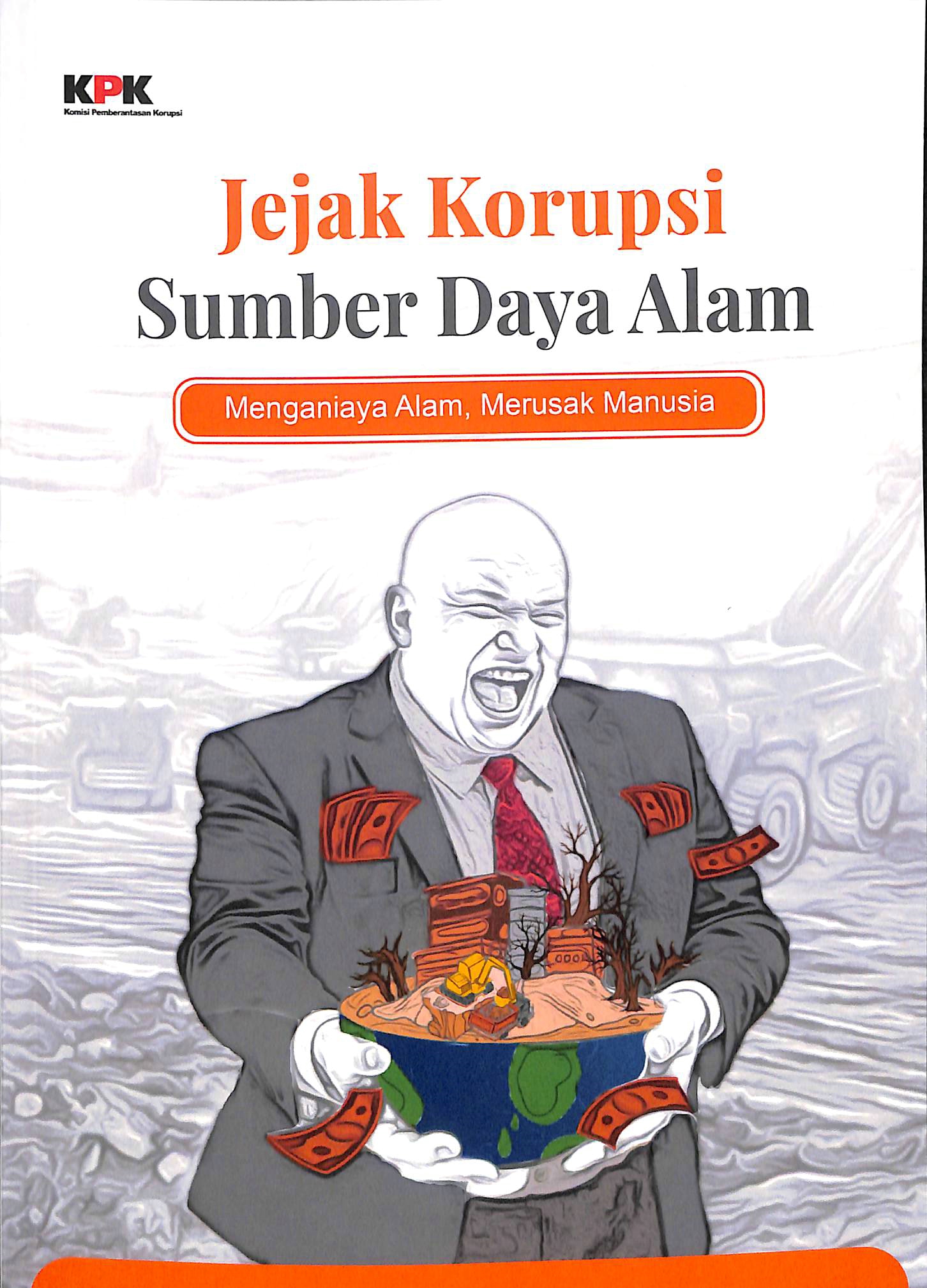
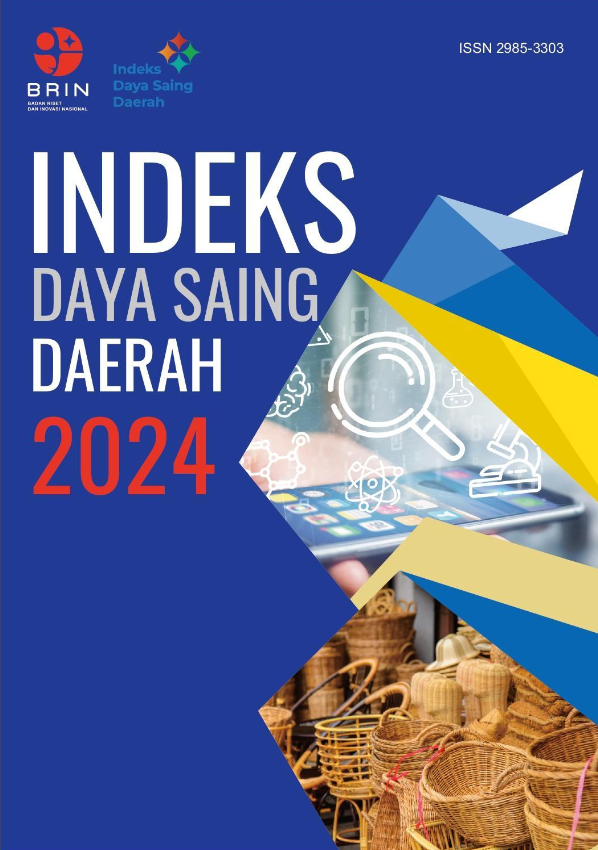
Kolom Komentar